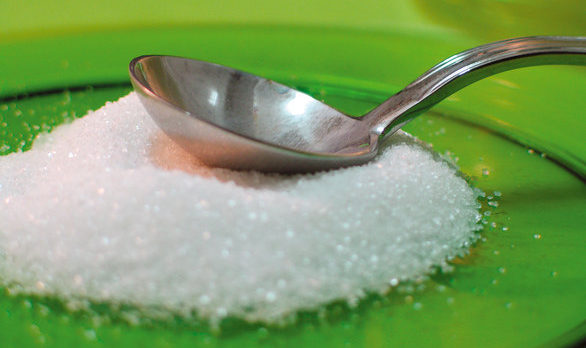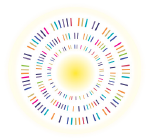Living la dolce vita (the sweet life) is so appealing, right? But not if we take it literally. Some of the sweetest things in our lives might be doing us the most harm.
Are we sugar-coating our lives?
Well, yes! A recent ABS report shows that the average Australian takes in about 60g of sugar every day. That’s 15 teaspoons. Imagine crunching through that! You wouldn’t do it. But that massive daily dose of sugar is lurking where you might never suspect – taking cover in healthy-looking foods, and sometimes assuming a false identity.
So what did sugar ever do to you?
Sugar is a carbohydrate – one of the three main components of human nutrition, along with proteins, and fats and oils. We certainly need carbohydrates, as part of a healthy, balanced diet. They provide fuel and energy for the cells of the body. But some are less valuable than others.
Many forms of sugar are ’empty calories’, and of no nutritional value at all. Worse still, high sugar consumption is associated with cardiovascular disease, obesity and diabetes, which, despite warnings from health professionals, are on the rise.
The worst culprits are the simple sugars (mono-saccharides), like glucose and fructose, which move rapidly into the bloodstream. Any excess glucose is converted to fat, and stored as dangerous fatty deposits, especially around the abdomen. High levels of glucose also affect your body’s insulin production, and lead to Type 2 diabetes. Fructose interferes with the work of a very useful compound that is essential for keeping your blood vessels healthy and metabolising fats.
To understand this better, speak with a qualified nutritionist or naturopath, who will explain how sugars behave in your body.
But why aren’t we staying away from these sugary health hazards?
There are two possible reasons.
Healthy-looking hiding places
- Sugars are ‘hidden’ in the processed products we eat every day. Many are not even ‘sweet foods’, and the sugar goes unnoticed.
- Choosing ‘low fat’ foods often makes things worse. When fat is removed, sugars are added to replace them, for added flavour.
- Eating fruit and vegetables is healthy, but when we remove pulp and fibre, and drink just the juice, we take in far more sugar before we feel full.
Sugar by any other name…
If you examine the ingredients listed on the products you buy, you might not immediately identify them as sugars. A quick hint: anything ending in ‘ose’ is a sugar. Sucrose (white sugar) glucose, fructose (in fruit), lactose (in milk), and dextrose are common examples.
The World Health Organisation recommends that a maximum of 10% of our daily energy should come from sugars; 5% would be even better. Unless we are well informed about where sugars hide, it is very easy to go over that upper limit.
Ask your nutritionist to help you detect, and control, the amount of sugar in your diet.
Less sugar means greater health and wellbeing – the sweetest thing of all!



